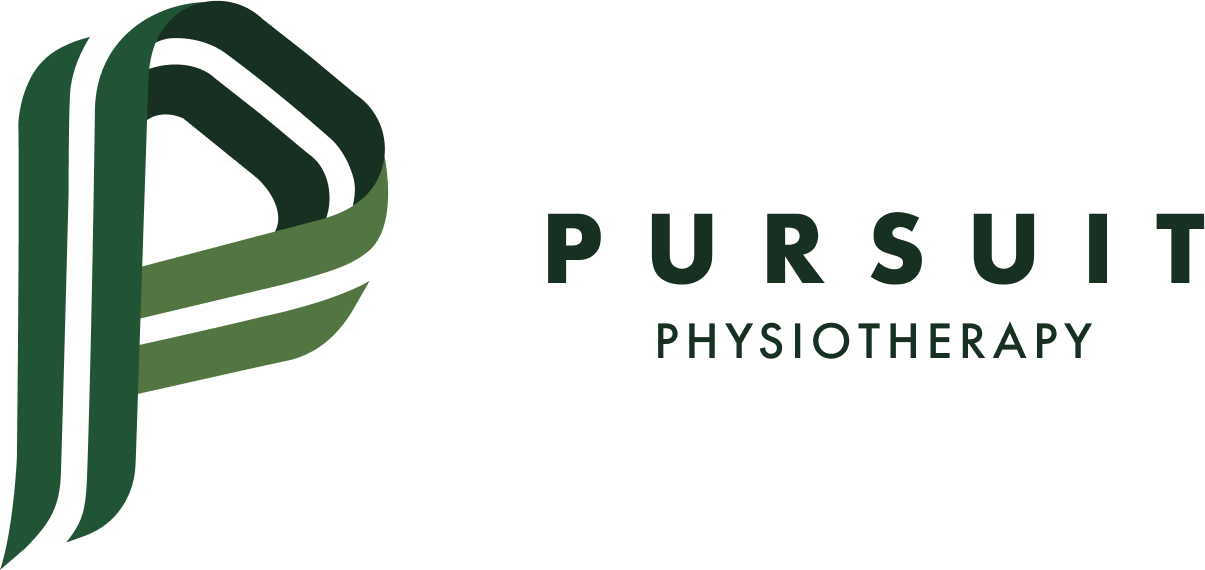Why Stretching is Key to a Healthier You: The Complete Guide
A common question in wellness is how long should you stretch to see lasting benefits? It has been shown that static stretching can improve flexibility and range of motion, enhance performance in physical activities, and efficiency in daily life (Greca et al. 2022);(Barbosa et al., 2019). So with this to consider, how can we get these benefits?
How Long Should You Stretch?
A study completed by Bandy and Irion (1994) found that holding a hamstring stretch for 30 to 60 seconds five times per week over six weeks significantly increased range of motion. In contrast, stretching for only 15 seconds had no noticeable effect. So, considering this, the optimal to consider would be at least 45 seconds. Extending beyond this duration does not offer additional benefits unless you increase the intensity of the stretch (Bandy and Irion., 1994).
When Will You Feel the Effects?
How long does it take to become more flexible? Consistency is key. Studies indicate that significant improvements in muscle flexibility and reduced stiffness typically occur after 3 to 12 weeks of regular stretching (Bandy and Irion., 1994) So, it's important to stay patient and persistent with your efforts.
Why Stretch? Understanding the Benefits
Stretching offers numerous advantages, including:
Decreased Muscle Stiffness: Regular stretching helps muscles become more pliable, reducing discomfort and tightness.
Increased Range of Motion: By lengthening muscles, stretching allows for greater flexibility and mobility.
Improved Movement Quality: Enhanced flexibility translates to smoother, more efficient movements in daily activities.
The science behind these benefits involves adaptations in muscle-tendon units, aided by neurological adjustments. Consistent stretching leads to physical changes like muscle tissue lengthening, and in addition, your nervous system will become accustomed to having your muscles be at that length.
Can stretching reduce injuries?
There are many conflicting viewpoints about whether stretching can reduce injury or not. Dr. Greg Lehman completed an analysis on whether stretching prevents injuries and concluded after reviewing a wide array of studies that the results were inconclusive (Lehman, 2020). The studies that did find some benefit from stretching were often targeted to a very specific population, had a very small sample size, or had rigorous stretching protocols that were hard to regulate in real life (Lehman, 2020). To consider this analysis, even though there was some evidence to show that there could be a reduction in injury, it wouldn't apply to daily life because the stretching commitments are too difficult to maintain and there wasn't enough accurate data where the population as a whole could benefit from.
CONCLUSION
Stretching has been shown to improve range of motion, decrease muscle stiffness, and increase function in everyday activities which will ultimately lead to more efficiency in your daily life. A good goal is to aim for at least 45 seconds per stretch five times a week and maintain this practice consistently over several weeks to see meaningful improvements in flexibility and overall muscle function. By understanding the optimal duration and benefits of stretching, you can enhance your wellness routine to achieve greater flexibility and muscle performance.
References
Bandy, W., & Irion, J. (1994, September 1). The Effect of Time on Static Stretch on the Flexibility of the Hamstring Muscles. Physical Therapy. https://pubmed.ncbi.nlm.nih.gov/8066111/
Greca, S., Rapali, M., Ciaprini, G., Russo, L., Vinciguerra, M., & Giminiani, R. (2022). Acute and Chronic Effects of Supervised Flexibility Training in Older Adults: A Comparison of Two Different Conditioning Programs. International Journal of Environmental Research and Public Health, 19. https://doi.org/10.3390/ijerph192416974.
Guissard, N., & Duchateau, J. (2006). Neural Aspects of Muscle Stretching. Exercise and Sport Sciences Reviews, 34(4), 154–158. https://doi.org/10.1249/01.jes.0000240023.30373.eb
Lehman, G. (2020, May 23). Busting myth-busting. Static stretching and injury risk in runners. Greg Lehman. https://www.greglehman.ca/blog/2020/5/23/busting-myth-busting-static-stretching-and-injury-risk-in-runners
Warneke, K., Hillebrecht, M., Enno Claassen-Helmers, Wohlann, T., Keiner, M., & Behm, D. G. (2023). Effects of a Home-Based Stretching Program on Bench Press Maximum Strength and Shoulder Flexibility. Journal of Sports Science and Medicine, 22(4), 597–604. https://doi.org/10.52082/jssm.2023.597


